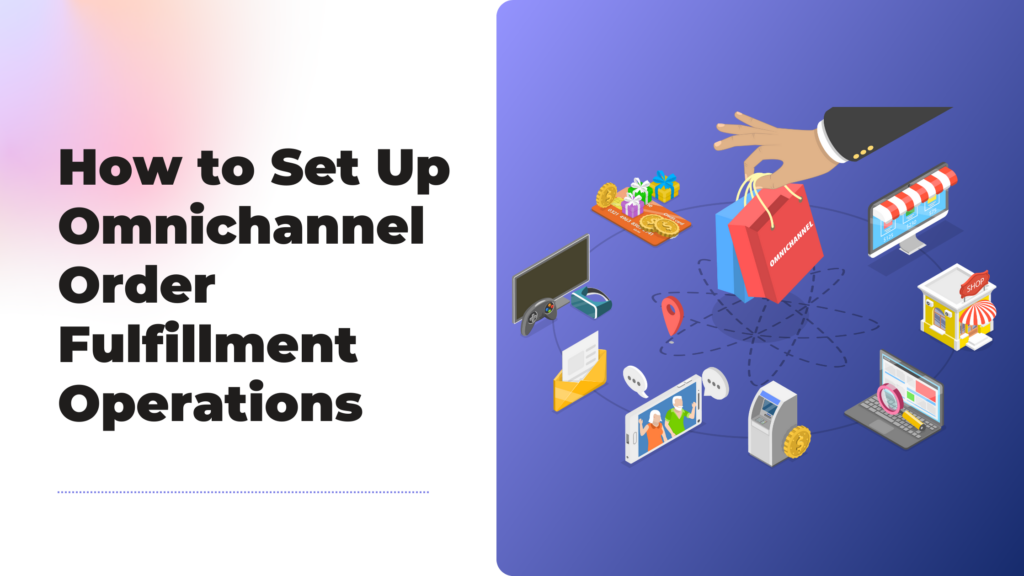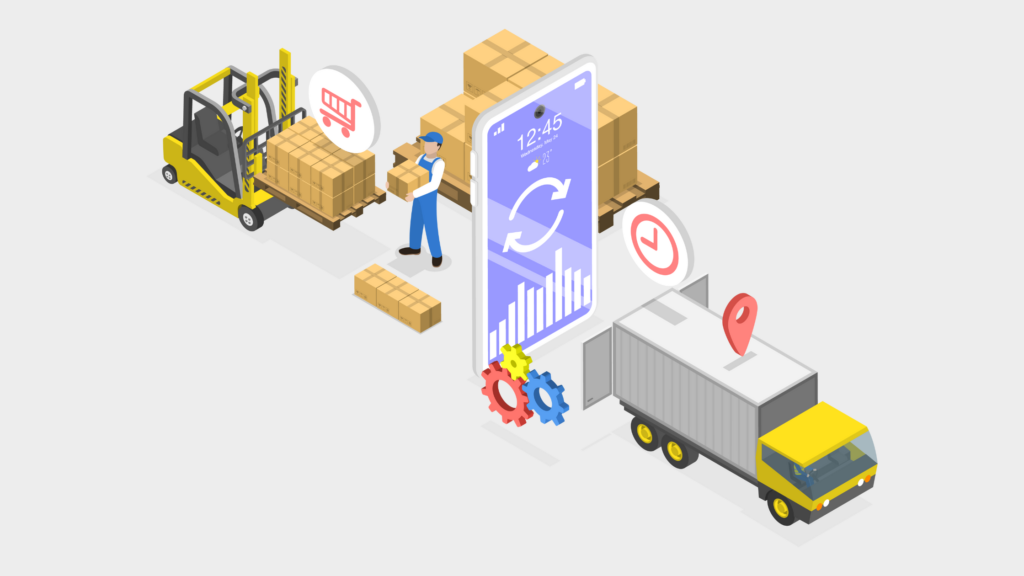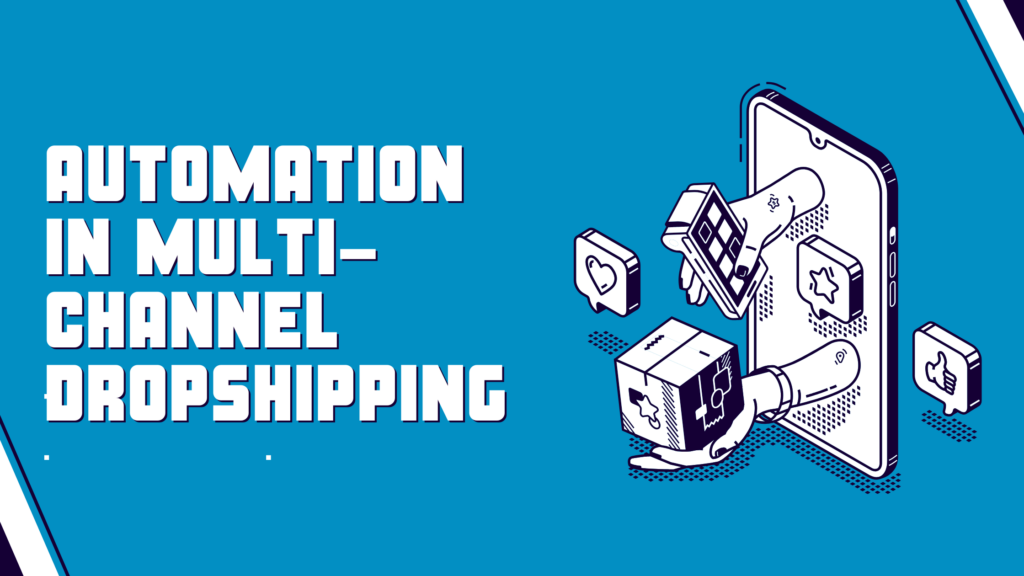How to Set Up Omnichannel Order Fulfillment Operations
In the evolving landscape of retail, omnichannel order fulfillment has emerged as a strategic essential for brands aiming to thrive in the post-pandemic era. It harmonizes various channels, and utilizes advanced technologies, and centralized order management, yielding benefits such as enhanced customer satisfaction, increased sales opportunities, and improved operational efficiencies. Addressing challenges like high total cost of ownership, integration complexities, and maintaining real-time inventory accuracy is paramount.
This article will delineate the steps for setting up efficient omnichannel order fulfillment operations that cater to brick-and-mortar stores, online orders, and marketplaces. It aims to guide retailers through identifying their omnichannel fulfillment needs, selecting the right Order Management System (OMS), integrating inventory and fulfillment channels, and effectively testing, launching, and monitoring their omnichannel operations.
Identifying Your Omnichannel Fulfillment Needs
Identifying your omnichannel fulfillment needs is a critical step in setting up operations that seamlessly manage orders across brick-and-mortar stores, online orders, and marketplaces. This process involves understanding the intricacies of picking, packing, and shipping orders from various sales channels, which requires a strategic approach to overcome common challenges and leverage potential benefits.
Benefits of Omnichannel Fulfillment
- Enhanced order efficiency and accuracy
- Increased customer satisfaction
- More accurate reporting capabilities
- Strengthened brand image
Common Challenges
- Managing inventory across multiple channels
- Developing and maintaining a robust fulfillment infrastructure
- Navigating integration complexities for real-time inventory accuracy
Strategies for Effective Omnichannel Fulfillment
- Outsourcing vs. In-House Fulfillment: Deciding whether to outsource fulfillment to a third-party logistics provider (3PL) like ShipBob, which offers technology-driven solutions across channels, or to manage fulfillment in-house.
- Technology Integration: Utilizing an Order Management System (OMS) that supports seamless integration across all sales channels, ensuring data synchronization and a single source of truth for inventory and orders.
- Inventory and Order Management Options: Implementing various management options such as warehouse-to-customer, store-to-store, and customer-to-warehouse, among others, to meet consumer expectations for a seamless retail experience.
- Breaking Down Silos: Ensuring real-time Warehouse Management System (WMS) usage and integrated inventory management to facilitate smooth operation across different channels.
By carefully assessing these factors, brands can identify their specific omnichannel fulfillment needs, paving the way for a strategy that aligns with their operational goals and customer expectations.
Selecting the Right Order Management System (OMS)
Selecting the right Order Management System (OMS) is pivotal for retailers aiming to streamline their omnichannel order fulfillment operations. The choice of an OMS should be informed by several key considerations:
Scalability and Flexibility
- A SaaS-based solution is often ideal, offering flexibility to handle cyclical sales patterns.
- Look for a pay-as-you-grow model, beneficial for businesses planning to scale.
Comprehensive Features
- Essential features include order processing, inventory management, integrations, analytics, and omnichannel capabilities.
- Advanced features should cover centralized order processing, auto-sync inventory, sophisticated inventory reports, and seamless integration with existing tech stacks.
Benefits Beyond Cost Savings
- The ROI of an OMS extends to customer retention, labor savings, shipping efficiencies, sourcing and allocation optimization, and improved inventory visibility.
- Enhanced customer order management and cost-effective delivery are key outcomes.
When evaluating an OMS, prioritize solutions that offer seamless integration with your existing technology stack, reducing implementation time with pre-built connectors. The architecture should enable supply chain visibility, with a platform that is both composable and flexible. Real-time visibility and AI-infused data analytics are crucial for intelligent fulfillment optimization. Additionally, consider the support for omnichannel fulfillment options such as click and collect, store pickup, and in-store pick, pack, and dispatch functionalities. The right OMS will simplify omnichannel order fulfillment, ensuring improved inventory management and a better customer experience through data-driven insights and scalability.
Integrating Inventory and Fulfillment Channels
Integrating inventory and fulfillment channels in omnichannel order fulfillment operations is a sophisticated process that demands strategic planning and the implementation of advanced technology solutions. This integration is pivotal for managing orders across diverse platforms including brick-and-mortar stores, online orders, and marketplaces, ensuring a seamless shopping experience for customers.
Centralized Inventory Management
- A centralized inventory management solution is crucial for making informed, data-driven decisions. It automates manual processes, significantly reducing time and errors, and provides real-time data synchronization for advanced shipping and fulfillment strategies.
- Best practices include maintaining accurate inventory levels, utilizing AI-powered demand forecasting, and implementing real-time tracking systems.
Vendor Assessment and Supply Chain Integration
- When selecting a vendor for an inventory management solution, consider scalability, compatibility with all sales channels, and seamless integration capabilities.
- Strategies for effective supply chain integration include breaking down segmented processes, ensuring true inventory visibility, and adopting customer-centric approaches for a unified shopping experience.
Overcoming Challenges with Technology
- Challenges such as disconnected supply chain processes, order inaccuracy, and high storage costs can be mitigated by adopting automated technology solutions that ensure compatibility and communication among all supply chain links.
- Features to look for in technology solutions include autonomous inventory management, promotion management, and efficient dashboard and shelf efficiency, as exemplified by platforms like the Leafio AI Retail Platform.
By focusing on these key areas, retailers can effectively integrate their inventory and fulfillment channels, enhancing productivity, reducing costs, and ultimately improving margins through omnichannel order fulfillment.
Testing, Launching, and Monitoring Your Omnichannel Operations
Implementing, launching, and monitoring omnichannel operations are crucial steps in realizing the full potential of omnichannel order fulfillment. This process ensures that the strategies put in place effectively cater to the needs of customers across brick-and-mortar stores, online orders, and marketplaces, leading to improved customer satisfaction, increased sales opportunities, and operational efficiencies.
Testing Phase
- Simulation of Real-World Scenarios: Test the system with scenarios that mimic actual sales, returns, and exchange processes across all channels.
- Load Testing: Evaluate the system’s performance under peak load conditions to ensure scalability.
- User Acceptance Testing (UAT): Involve end-users to validate the functionality and usability of the omnichannel system.
Launching Phase
- Soft Launch: Initiate a controlled launch targeting a limited audience to gather insights and make necessary adjustments.
- Feedback Loop: Establish a mechanism to collect feedback from both customers and staff to identify areas for improvement.
- Full-scale Implementation: Gradually expand the rollout to all operational areas and channels, ensuring all teams are aligned and trained.
Monitoring and Optimization
- Performance Metrics: Track key performance indicators (KPIs) such as order accuracy, fulfillment time, and customer satisfaction scores.
- Continuous Improvement: Utilize data analytics to identify trends, anticipate demand using methods like historical data analysis and machine learning algorithms, and optimize inventory levels and resource allocation.
- Customer Experience: Monitor customer feedback across all channels to ensure a seamless and consistent experience, making adjustments to the strategy as necessary.
By methodically testing, launching, and continuously monitoring the omnichannel operations, retailers can achieve a harmonious blend of physical and digital retail experiences. This approach not only enhances the brand image but also drives significant improvements in operational efficiency and customer satisfaction.
Conclusion
Through the detailed exploration of setting up omnichannel order fulfillment operations, we’ve provided a robust guideline on managing across diverse sales channels including brick-and-mortar stores, online orders, and marketplaces. This strategic approach not only enhances operational efficiency but also significantly elevates the customer experience by ensuring seamless integration among various purchasing platforms. It’s clear that adopting an integrated omnichannel strategy offers retailers a competitive edge, enabling them to meet and exceed customer expectations in the fast-evolving retail landscape.
Reflecting on the journey from identifying omnichannel needs to selecting the right Order Management System (OMS), and onto the crucial steps of integrating inventory with fulfillment channels before finally testing, launching, and monitoring operations, it’s evident that a thoughtful approach to omnichannel order fulfillment is paramount. The implications of adopting such strategies stretch far beyond immediate operational enhancements, setting the stage for sustainable growth, customer loyalty, and continued innovation in retail practices. Overall, retailers equipped with a comprehensive omnichannel strategy are best positioned to thrive in today’s dynamic market.







